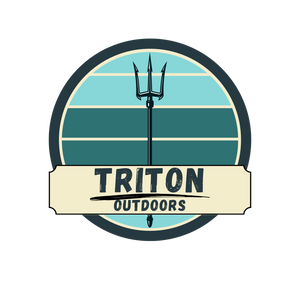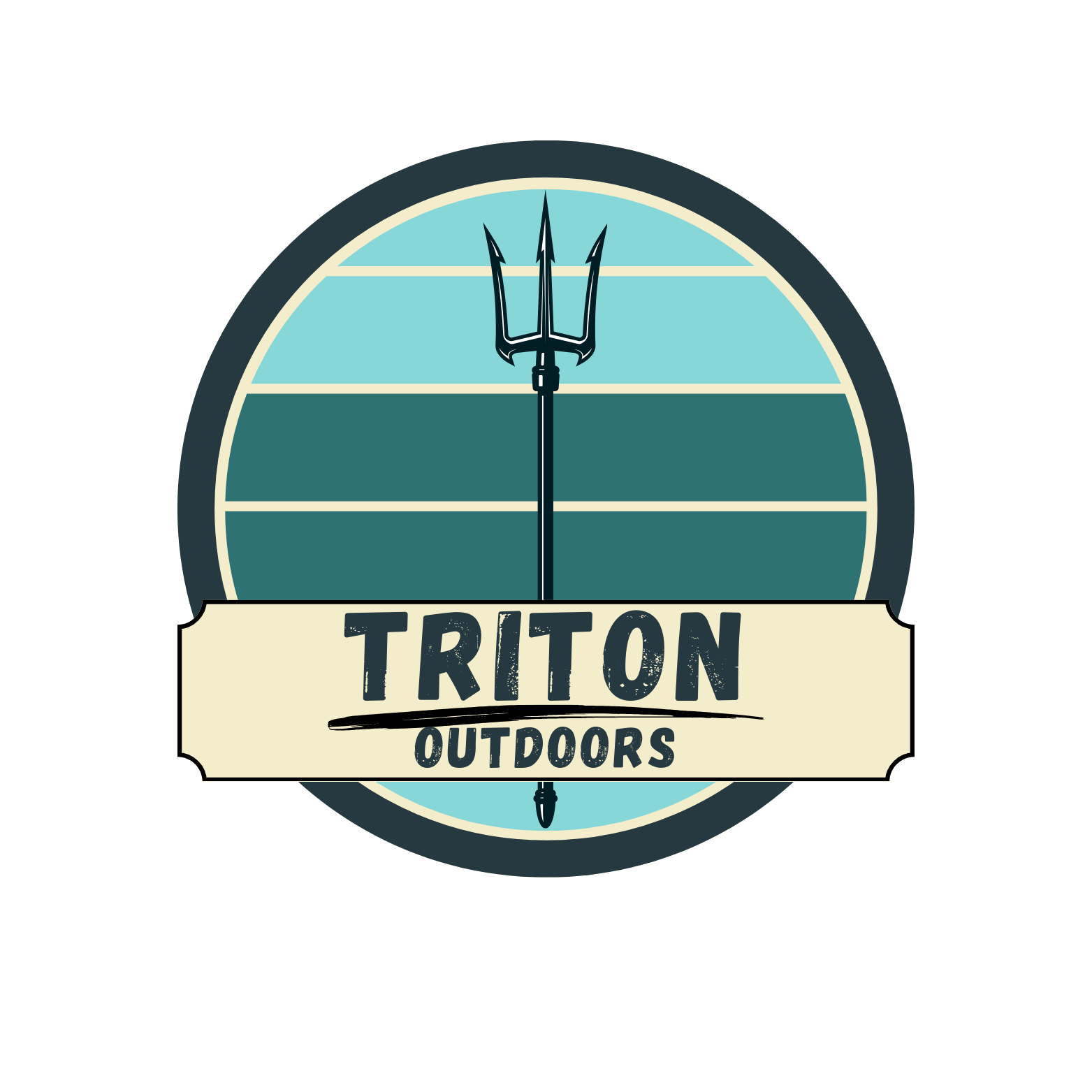One of the most challenging parts of a triathlon is the open water swimming stage. If you have been used to swimming in an indoor pool, swimming in an outdoor environment can take some adjustment. The conditions of the open water are a whole new experience, both physically and mentally. Here are some simple tips to bear in mind.
Prepare yourself mentally
Your first outdoor swimming race can be really daunting. If you let yourself get tense and worry about whether you will be able to finish, this can harm your performance. Instead, try to relax and remember your motivation for taking part in the first place. Let yourself experience the buzz of adrenaline and use your nervous energy to your advantage!
For your first race, don’t focus on the distance or how far ahead you are, but stay calm and just get used to the feeling of swimming with a group and making it from stage to stage. There’ll be plenty of time to become more competitive as you gain confidence.
Brush up your technique
Some people find that they need to change their technique in order to swim smoothly and in a controlled way in open water. The better your technique, the more comfortable and efficient you will be in the water. If you swim freestyle and are used to breathing on just one side the majority of the time, it is helpful to become competent at breathing on both sides.
This is sometimes necessary when you are in the middle of a crowd of swimmers, and it can also help you adapt to the weather conditions, such as driving rain, glaring sun, or choppy water. Changing the side you breathe is also important over longer distances to lessen the strain on your neck and shoulder muscles.
When you are in the rougher open water, you may also find that you need to raise your arms higher than if you were swimming in a pool. You may also need to take more care where you place your arms due to the close proximity of other swimmers.
Work on cardio and strengthening exercises away from the water
Getting out to practise swimming in open water on a regular basis is ideal, but it is not always practical for everyone. However, working on your cardiovascular fitness and strength is possible even during a home based workout, and there are some specific exercises that can really help you to prepare for the big swim.
Practising squats, lifts, and pullups with a pair of hand held weights or a barbell will work out several important muscle groups, including the hamstrings, glutes, calves, quadriceps, and abdominal muscles. This will give you more flexibility and power in the water.
Training for the running and cycling elements of the triathlon will probably give all the dryland cardio that you need, but if you want to top it up, jump rope, rowing, and high intensity interval training are all great options.
If you are looking for cold water swim gear, please get in touch today.




